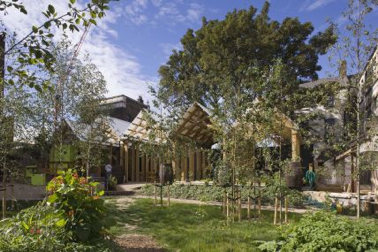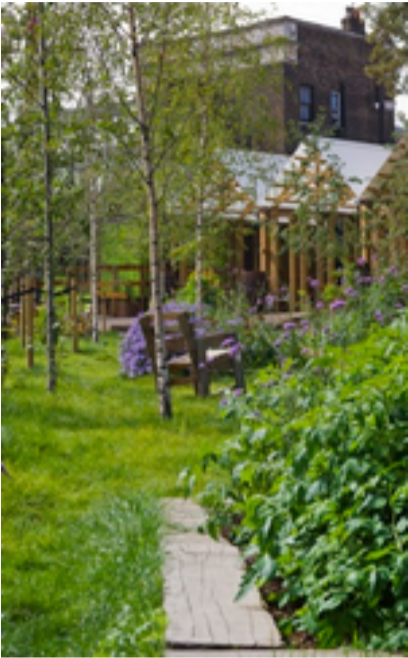 Location:
Location:
Hackney, Dalston Junction – E8 3DF
Type of scheme:
Regeneration / Community Open Space
Size: 5,500 m2
Lead Landscape Architect: J & L Gibbons
Outline Brief:
Regeneration of abandoned railway land that had not been used for 30 years.
Making Space in Dalston promoted an alternative approach to regeneration, whereby a process of communication and action research helped develop a shared vision with residents, businesses and local organisations.
The project looked at how more public space could be created without losing the existing qualities of the neighbourhood. A key concern was how to embrace change while nurturing the self-organising distinctiveness of Dalston that is inherent in both its social capital and physical character.
Client:
London Borough of Hackney / London Development Agency
Contract Value: £1 million.
Completion Date: Spring 2010.
Awards:
Landscaping: Hackney Design Awards 2010.
Architectural: Winner President’s Award and Urban Design and Master planning category 2011 Landscape Institute Awards; Commended NLA Awards 2011, Place Making; Winner 2010 LI Awards Communications and Presentation category.
Materials:
Sand, cement, ballast, semi-permeable membranes, 10mm pea shingle, Ashwell timber sleeper, timber edging, strapping, grass seed, Jarrah decking boards (Eucalyptus marginata), reclaimed sleeper cladding, weldmesh fencing, entrance gates.
Plant equipment:
21 tonne excavator, grapple, dumper, screener, bowser, compactor, chainsaws, hand tools.
Planting:
Trees: Corylus avellana ‘contorta’, Cobnut, Prunus avium, Acer Campestre, Carpinus betulus, Coryllus maxima ‘purpurea’, Crataegus monogyna, Crataegus monogyna, Populus tremula.
Shrubs:
Buddleia Nanho Blue, Lavendula angustifolia Hidcote, Rosa canina, Rosa rugosa, Rosmarinus officinalis ‘miss jessop’s upright’, Salix caprea, Viburnum opulus, Lonicera Serotina,
 Technical details:
Technical details:
Restoration work was required to an area that was used for fly tipping that had been derelict for a number of years. The site was cleared of all unwanted shrubs and grasses ensuring that a correct method was followed in order to retain all wild life habitats according to the environment agencies code of practise.
Excavation was carried out to remove all fly tipped waste, in places to a depth of two metres requiring a skilled team of our ground workers to implement adequate shoring on all excavations. During excavations dust suppression techniques were used to avoid contamination of the nearby businesses and residents in a central London location.
A further 100mm of subsoil was removed across the site and replaced with recycled topsoil. This was sown with meadow seed and the existing buddleia to keep a maintainable landscape habitat.
The buddleia that was onsite was transplanted into our nursery where it was rootballed and maintained. This was then returned into the new planting scheme to retain the feel of a mature rail side environment.
Installation of a rainwater collection system was an important part of this project, in order to recycle water and to allow the community an opportunity to water and nurture the garden for themselves.
A fantastic array of new trees and shrubs were included in the planting scheme, some semi mature and others growing from just a seed allowing the garden to grow along with the ever changing topography and culture in Dalston.
Contractors:
PGSD Ltd used all in house labour for this project as we feel control is a must when working on a diverse community project. We trust all of our staff to liaise with residents, clients and members of the public and to be role models for our company. We have a very skilled team who are capable of carrying out even the most intricate and sensitive projects similar to this.







